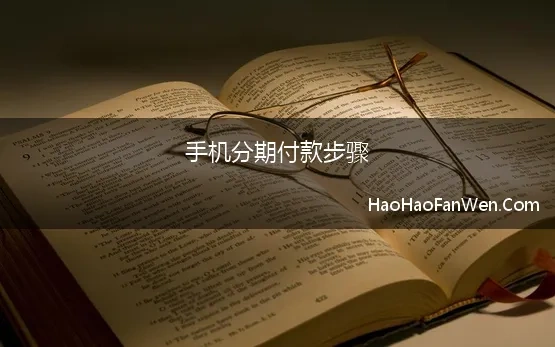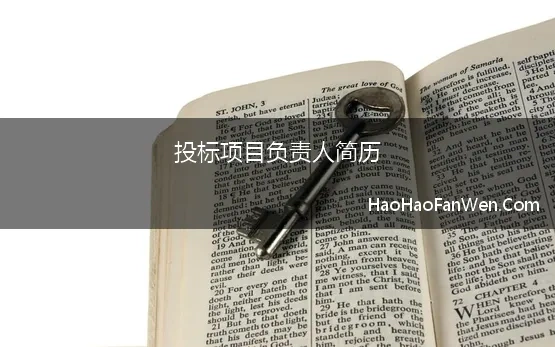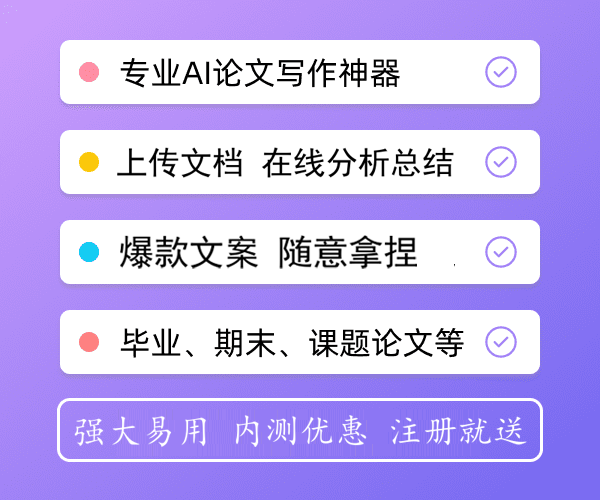苹果手机电池低温保护(iPhone手机电池在低温下不耐用怎么办)
下面是好好范文网小编收集整理的苹果手机电池低温保护(iPhone手机电池在低温下不耐用怎么办),仅供参考,欢迎大家阅读!

文章:iPhone手机电池在低温下不耐用怎么办?
iPhone手机电池在低温下不耐用,这几乎是除了手机外其他的使用锂电池的数码电池产品的一个通病了吧。
首先我来说一下为什么iPhone手机电池在低温下不耐用?锂离子电池的工作原理是内部的电解质通过化学反应的变化,在正负极出现电势差从而产生电流。在低温环境下电解质移动得相当慢,从而影响锂离子在正负极之间的转移活性,导致电池充放电性能下降。
我是鸿伟能源锂电池厂的一名技术研发人员,也经常做锂电池高低温性能测试实验,一般锂电池正常的工作温度为10-35摄氏度,以现在手机的工业设计水平来看,就目前的工艺设计水平理应包括了目前市场上大部分的手机工作温度标准。还有一点就是锂电池在出厂时,说明书上都有写锂电池的工作温度为-20~+60摄氏度之间。不论是国标还是企标,对放电的下限温度都有着严格的限制:不低于-20℃。而对于充电温度而言,则不仅会像放电一样规定最低温度,甚至明确规定低温下只能小倍率充电、且不能满充(例如0~15度时只能0.2C充电,且上限电压是4.0V),生怕用户越雷池半步。
当温度降低时,电池放电电压也大幅降低,这样电池在低温放电时就会更快的到达放电截止电压,从而造成低温放电容量明显低于常温容量。需要向大家说明的是,锂离子电池低温下的容量并非消失了,而只是无法在正常电压范围(≥3.0V)内全部放出而已,如果可以将放电截止电压继续下延,那就可以将剩余的容量放出。锂离子电池低温放电容量会降低,但是经过常温充放电后可以恢复,是可逆的容量损失;但是低温充电会造成析锂,是永久性的容量损失。
就实际使用情况而言,手机使用频繁比一般数码产品要多,且经常在室外使用,如果是冬季温度比较低,尤其是气温低于0摄氏度的情况。如果消费者一定要在低温环境下使用手机,以我经常做锂电池低温实验的数据记录来看,放电效率在60%左右,那么使用时间就要比正常温度下使用时间要短2-3个小时左右。
iPhone手机电池在低温下不耐用怎么办?
外出时手机电量消耗的比平时快,有时还死机、屏幕点不动没反应的情况。在这里我要提醒大家一下,低温对手机电池的影响比较大,低温寒冷天气外出使用手机时,可以采取以下一下方法来保护锂电池免受不必要的伤害。
在冬季,气温比较低,电池的化学反应速度会受到温度影响,手机长时间在低温环境中,会使电池化学反应迟缓,导致电池放电电流变小,降低电池的容量,就可能出现电量用得快、黑屏、死机、触摸屏失灵、无法上网等情况。当从寒冷的室外进入温暖的室内时,温度的变化还可能导致手机内部凝成水雾,出现电路板短路或其他故障。那么我们可以采取什么方法来保护锂电池免受不必要的伤害呢?请往下看!
1、在寒冷的天气外出时,尽量把手机的电量充足;
2、最好把手机放在口袋、背包等相对温暖的地方;
3、拨打接听电话可以使用蓝牙耳机,把谁放口袋这样就可以防止手机直接暴露在冷空气中;
4、不要长时间在低温环境下使用手机,从室外进入室内后,把手机放置一段时间,等水雾蒸发后再使用;
5、手机在低温环境下使用时出现临时故障时,先关机暂停使用,然后让手机在温度稍高的环境下适应一会儿再开机;
6、并减少玩游戏、看电影、听音乐等耗电程序的运行,这些程序使用时锂电池放电电流比较大,低温下强迫使锂电池 大电流放电会造成锂电池内部结构的损伤和容量衰减较快等;
下面该向大家做一个总结了。由于锂离子电池在低温放电时的电压平台更低,因此会造成低温下放电容量的明显降低,但是这种损失会随着常温充放电的进行而自动弥补,属于可逆的损失。以上全部内容就是关于“iPhone手机电池在低温下不耐用怎么办?”的文章了,谢谢阅读!
鸿伟能源锂电池/2018-10
Article: iPhone mobile phone batteries are not durable at low temperature how to do?
The iPhone cell phone's battery doesn't last long at low temperatures, which is almost a common problem with digital batteries that use lithium batteries in addition to cell phones.
First, let me explain why iPhone cell phone batteries are not durable at low temperatures. The working principle of lithium-ion batteries is that the internal electrolyte changes through chemical reactions, resulting in potential difference between the positive and negative electrodes and current. The electrolyte moves very slowly at low temperature, which affects the transfer activity of lithium ions between positive and negative electrodes, resulting in the decrease of charge and discharge performance of the battery.
Lithium Battery Factory, and I often do high and low temperature performance test of lithium batteries. The normal working temperature of lithium batteries is 10-35 degrees Celsius. According to the industrial design level of mobile phones, the current process design level should include the working temperature of most mobile phones in the current market. Degree standard. The other thing is that when lithium batteries leave the factory, the instructions say that the operating temperature of lithium batteries is between - 20 and + 60 degrees Celsius. Whether the national standard or the enterprise standard, the lower limit temperature of discharge is strictly limited: not less than -20 C. As for charging temperature, it will not only set the lowest temperature like discharge, but also make it clear that charging can only be charged at a small rate at low temperature, and can not be fully charged (for example, 0-15 degrees can only charge 0.2C, and the upper limit voltage is 4.0V), for fear of users half step over the thunder pool.
When the temperature decreases, the discharge voltage of the battery decreases dramatically, which makes the discharge cut-off voltage reach the discharge cut-off voltage faster when the battery discharges at low temperature, thus causing the discharge capacity at low temperature to be significantly lower than that at room temperature. It should be noted that the capacity of lithium-ion batteries does not disappear at low temperatures, but can not be released in the normal voltage range (> 3.0V), if the discharge cut-off voltage can be continued to delay, then the remaining capacity can be released. The discharge capacity of lithium-ion batteries at low temperature will be reduced, but it can be recovered after charging and discharging at room temperature, which is a reversible capacity loss; however, low-temperature charging will cause lithium precipitation, which is a permanent capacity loss.
In terms of actual use, mobile phones are used more frequently than general digital products, and often used outdoors, if the winter temperature is relatively low, especially when the temperature is below 0 degrees Celsius. If consumers have to use their phones at low temperatures, the discharging efficiency is about 60% according to the data recorded in the lithium battery cryogenic experiments I often do, then the use time is about 2-3 hours shorter than the normal temperature.
What about iPhone mobile phone batteries that are not durable at low temperatures?
When you go out, the power consumption of your mobile phone is faster than usual. Sometimes you still crash, and the screen doesn't move. Here I would like to remind you that low temperatures have a greater impact on mobile phone batteries, cold weather out when using mobile phones, you can take the following measures to protect lithium batteries from unnecessary damage.
In winter, when the temperature is relatively low, the chemical reaction speed of the battery will be affected by the temperature. The long time of the cell phone in the low temperature environment will slow down the chemical reaction of the battery, lead to a smaller discharge current, reduce the capacity of the battery, which may lead to the rapid use of electricity, black screen, crash, touch screen failure, unable to access the Internet and so on. . When entering warm rooms from cold outdoors, changes in temperature can also cause the phone to condense into water mist, circuit board shorts or other faults. So what can we do to protect lithium batteries from unnecessary harm? Please look down!
1、 in the cold weather when going out, try to maximize the power of mobile phones.
2、it is best to put mobile phones in pockets, backpacks and other relatively warm places.
3、 You can use Bluetooth headset when you dial and answer the phone. If you put someone in your pocket, you can prevent the phone from being directly exposed to cold air.
4、 Don't use the mobile phone for a long time in the low temperature environment. After entering the room from the outside, put the mobile phone for a period of time, wait for the mist to evaporate and then use it.
5、 When the handset is in temporary trouble when it is used in low temperature environment, the handset should be shut down and suspended, then the handset should be adapted to a higher temperature environment for a while and then turn on.
6、 Reduce the operation of power-consuming programs such as playing games, watching movies and listening to music. These programs use lithium batteries with relatively large discharge current. Forced discharge of large current at low temperature will cause damage to the internal structure of lithium batteries and rapid capacity degradation.
The following is a summary for you. Because the voltage plateau of lithium-ion batteries is lower at low temperature discharge, the capacitance of lithium-ion batteries will be significantly reduced at low temperature, but this loss will be automatically compensated with the charge and discharge at room temperature, which is a reversible loss. All of the above is about "iPhone mobile phone batteries are not durable at low temperature." The article, thank you for reading!
Howell energy lithium battery /2018-10








